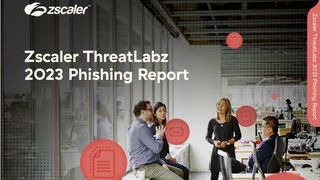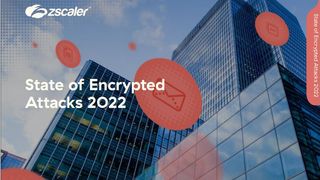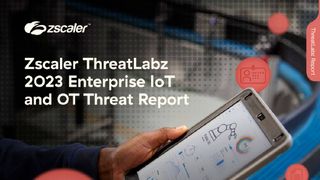Microsoft surprises with Linux code submission
Microsoft has made 20,000 lines of Hyper-V related code available to the open source community.

Microsoft has released 20,000 lines of code to the Linux open source community, in a "break from the ordinary" which surprised the head of the Linux Foundation.
The code is for three Linux device drivers, released under the GPLv2 license.
The drivers will "enhance the performance" of the Linux OS when it's used with the software giant's virtualisation hypervisor Windows Server 2008 Hyper-V, said Tom Hanrahan, director of the Open Source Technology Centre.
"The Linux device drivers we are releasing are designed so Linux can run in enlightened mode, giving it the same optimised synthetic devices as a Windows virtual machine running on top of Hyper-V," he said.
Senior director of platform strategy Sam Ramiji said the move was spurred by customer demand. "We are hearing more and more customers and open source partners telling us they see some of their best value when they deploy new open source software solutions on top of existing Microsoft platforms."
Indeed, Ramji admitted the move would have been "unheard of from Microsoft a few years ago." Microsoft has previously referred to Linux as a "cancer."
The move even surprised Jim Zemlin, the head of the Linux Foundation, who reportedly said: "Hell has frozen over, the seas have parted."
Get the ITPro. daily newsletter
Receive our latest news, industry updates, featured resources and more. Sign up today to receive our FREE report on AI cyber crime & security - newly updated for 2024.
He better get used to it, as Ramji said to expect more use of open source from Microsoft in the future. Microsoft already uses "inbound" open source as well as mimics the development model in some cases, according to Ramji. He also said Microsoft would use open source releases to cut marketing and sales costs, letting people try out bits and pieces.




